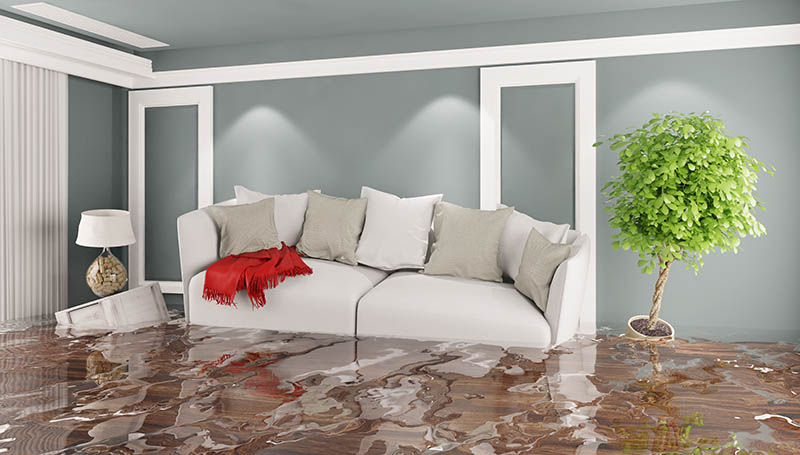Spot A Half-Dozen of Commonest Leak Triggers Inside Your House
Spot A Half-Dozen of Commonest Leak Triggers Inside Your House
Blog Article
What are your ideas regarding Common Water Leaks In House?

Leakages not only cause waste of water but can additionally trigger unneeded damage to your residence as well as advertise unwanted natural development. However, water leakages may go unnoticed since most of the pipework in our residence is hidden. By looking and also recognizing for day-to-day circumstances that cause leakages, you can secure your home from future leakages as well as unneeded damage. Today, we will certainly look at six leak causes that might be creating your pipelines to drip.
Instant temperature level modifications.
Extreme temperature adjustments in our pipes can trigger them to expand and also get unexpectedly. This development and contraction may create cracks in the pipelines, specifically if the temperature level are listed below cold.
Rusty water supply
This may be the reason of staining or bending on your water pipes. If our plumbing system is old, take into consideration changing the pipes since they are at a higher threat of deterioration than the more recent designs.
Defective Pipe Joints
Pipe joints can weaken over time, resulting in water leaks. If you have loud pipes that make ticking or banging sounds, specifically when the warm water is turned on, your pipeline joints are probably under a whole lot of stress.
Trespassing origins
The majority of water leakages begin outside the house rather than inside it. If you observe an abrupt decline in water pressure, say in your faucet, take some time to go out as well as examine your lawn. You could see damp patches or sinkholes in your lawn, which could mean that tree origins are invading water lines triggering water to seep out. You can have your plumber check for breach, particularly if you have trees or shrubs near your building.
Poor Water Connectors
Sometimes, a leakage can be caused by loosened hose pipes and pipes that provide your home appliances. More often than not, shifting is what causes the loose water Connections. You may find when it comes to a cleaning maker, a hose pipe might spring a leakage due to trembling during the spin cycle. In case of a water connections leak, you might see water running straight from the supply line or puddles around your devices.
Obstructed Drains
Obstructed drains might be aggravating and inconveniencing, but they can occasionally wind up triggering an overflow bring about rupture pipes. Maintain eliminating any kind of materials that may decrease your drains pipes that can clog them to avoid such hassles.
All the above are root causes of leakages yet not all water leakages result from plumbing leaks; some leakages may come from roof leakages. All leakages ought to be fixed quickly to stay clear of water damage.
Leakages not just cause waste of water but can also trigger unneeded damage to your house and also promote unwanted organic growth. By understanding and looking for day-to-day scenarios that cause leakages, you can safeguard your house from future leakages and unnecessary damage. Today, we will certainly look at 6 leakage creates that might be causing your pipes to drip.
At times, a leak can be triggered by loosened tubes and pipes that supply your home appliances. In situation of a water links leakage, you might see water running straight from the supply line or pools around your devices.
How To Check For Water Leak In Your Home
How To Check for Leaks
The average household's leaks can account for nearly 10,000 gallons of water wasted every year and ten percent of homes have leaks that waste 90 gallons or more per day. Common types of leaks found in the home are worn toilet flappers, dripping faucets, and other leaking valves. These types of leaks are often easy to fix, requiring only a few tools and hardware that can pay for themselves in water savings. Fixing easily corrected household water leaks can save homeowners about 10 percent on their water bills.
To check for leaks in your home, you first need to determine whether you're wasting water and then identify the source of the leak. Here are some tips for finding leaks:
Take a look at your water usage during a colder month, such as January or February. If a family of four exceeds 12,000 gallons per month, there are serious leaks.
Check your water meter before and after a two-hour period when no water is being used. If the meter changes at all, you probably have a leak.
Identify toilet leaks by placing a drop of food coloring in the toilet tank. If any color shows up in the bowl after 10 minutes, you have a leak. (Be sure to flush immediately after the experiment to avoid staining the tank.)
Examine faucet gaskets and pipe fittings for any water on the outside of the pipe to check for surface leaks.
Undetected water leaks can happen without the home or business owner even realizing. If you suspect a water leak, but not able to find the source. It is time to contact a professional water leak detection service, The Leak Doctor.
How To Find a Water Leak In Your Home
https://www.leakdoctor.com/blog/How-To-Check-For-Water-Leak-In-Your-Home_AE197.html

I ran across that content on Common Water Leaks In House when doing research the internet. Do you know someone else who is fascinated about the niche? Why not share it. We value reading our article about Top Causes of Home Water Leaks.
Prices & Booking Report this page